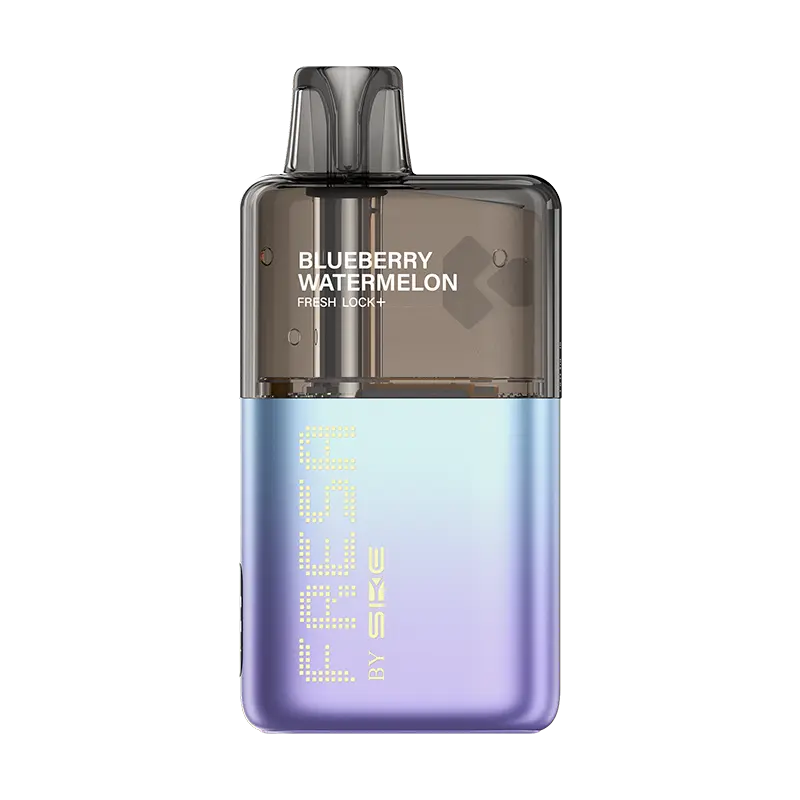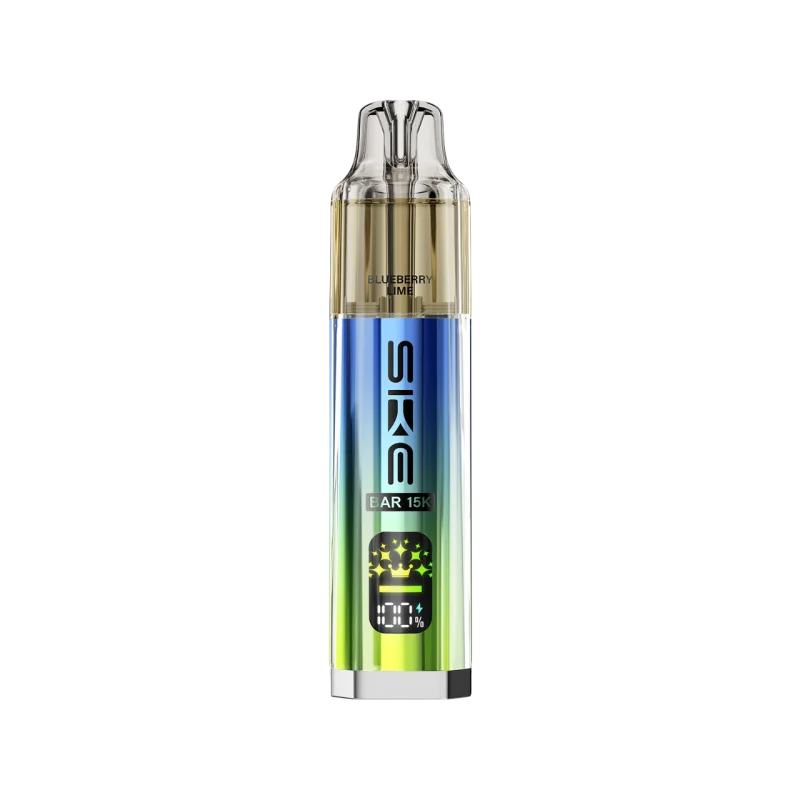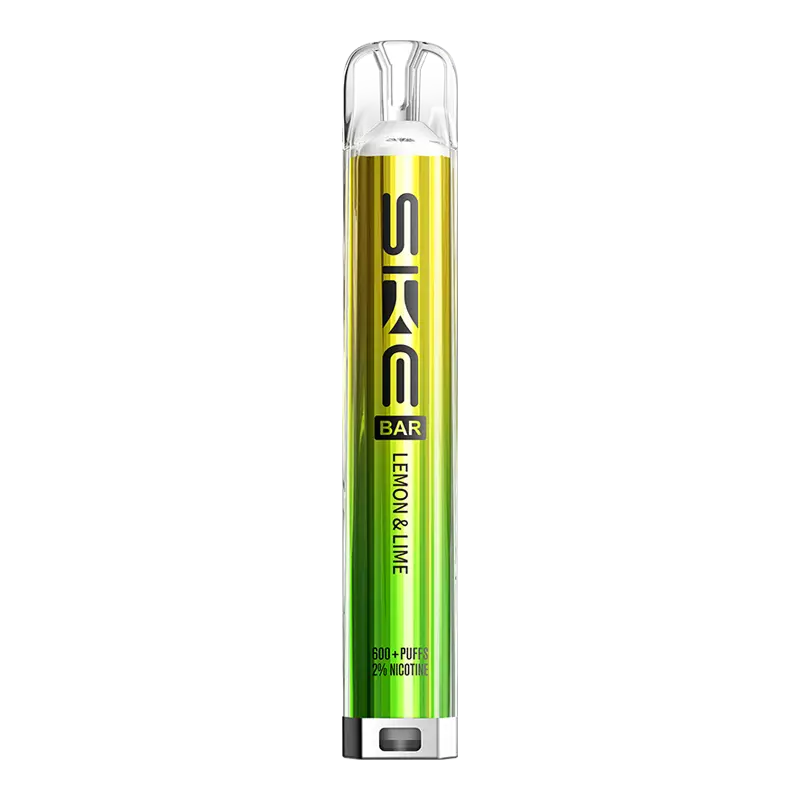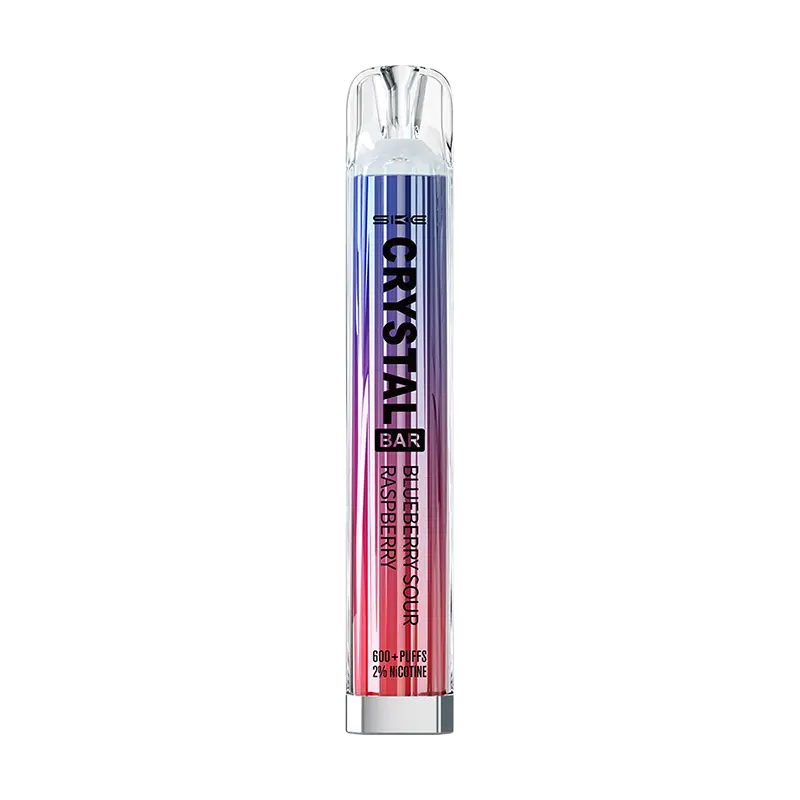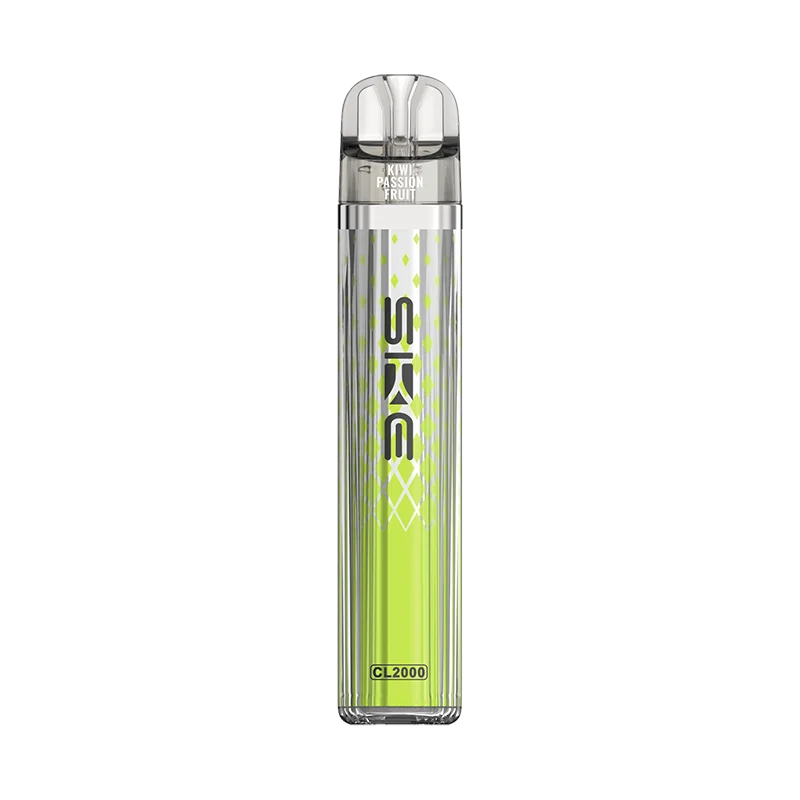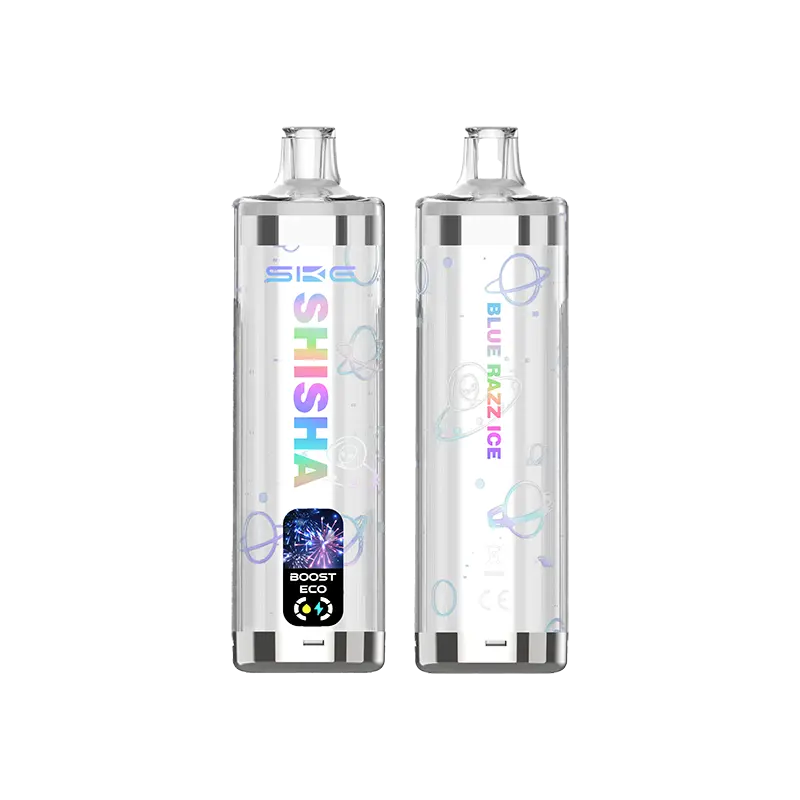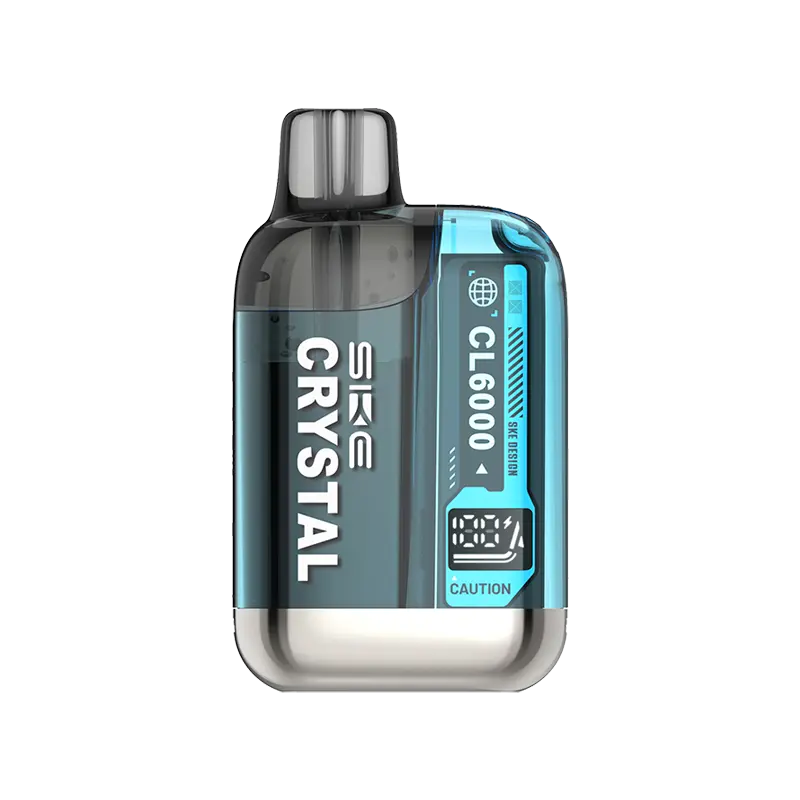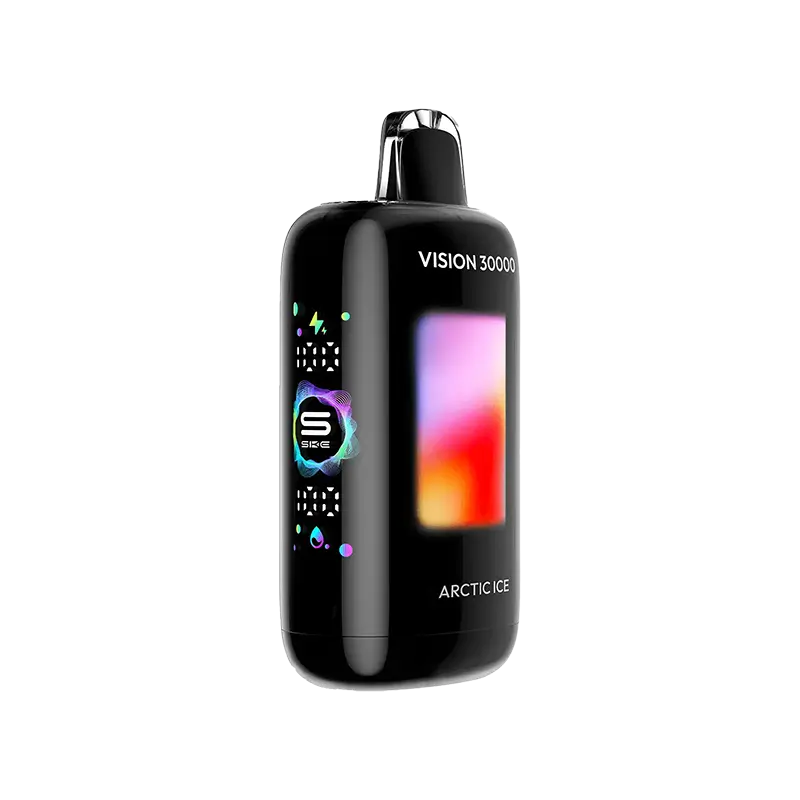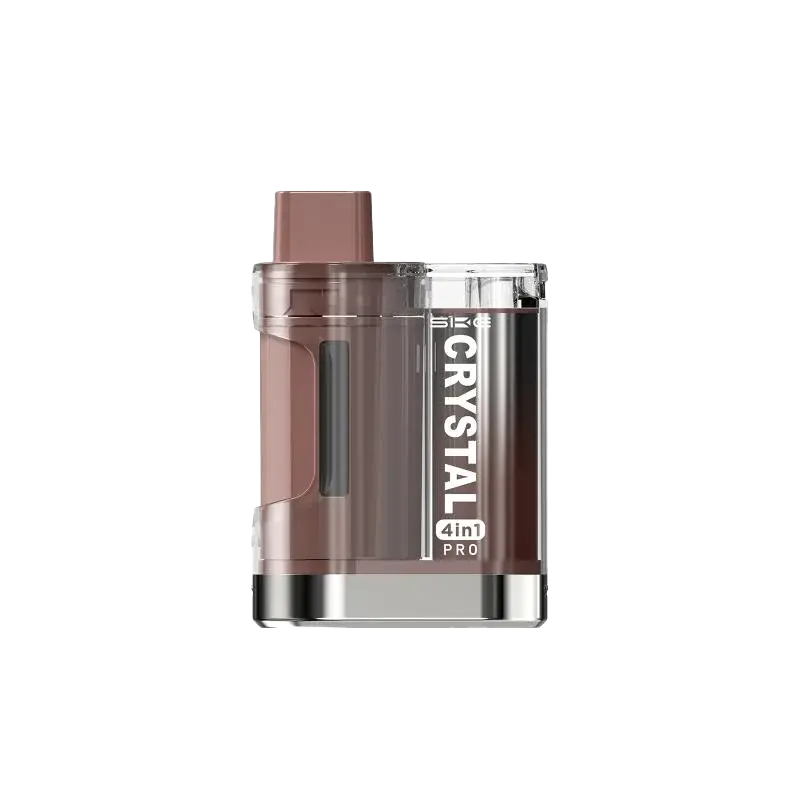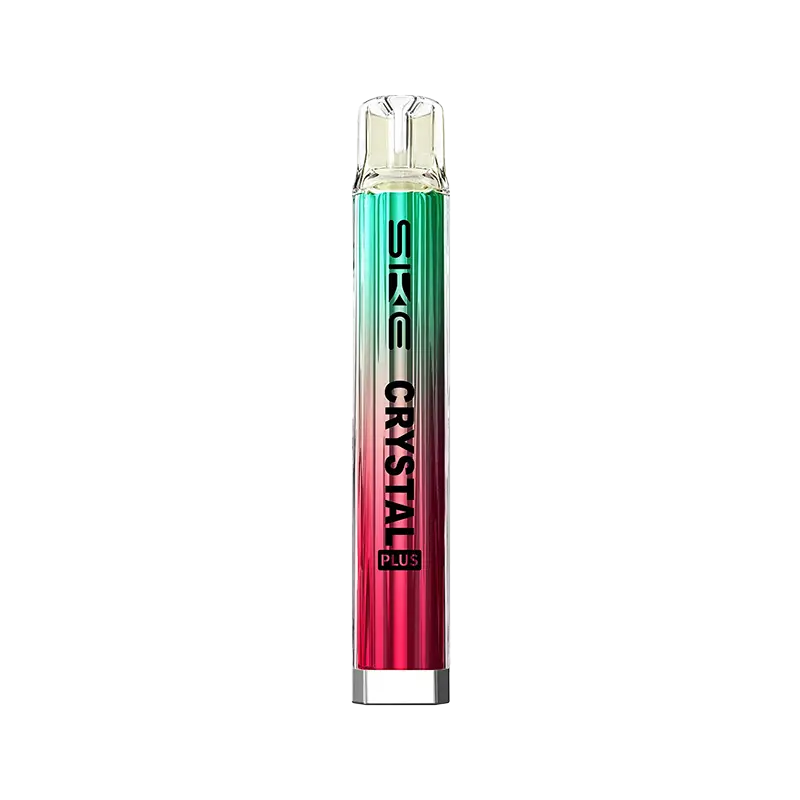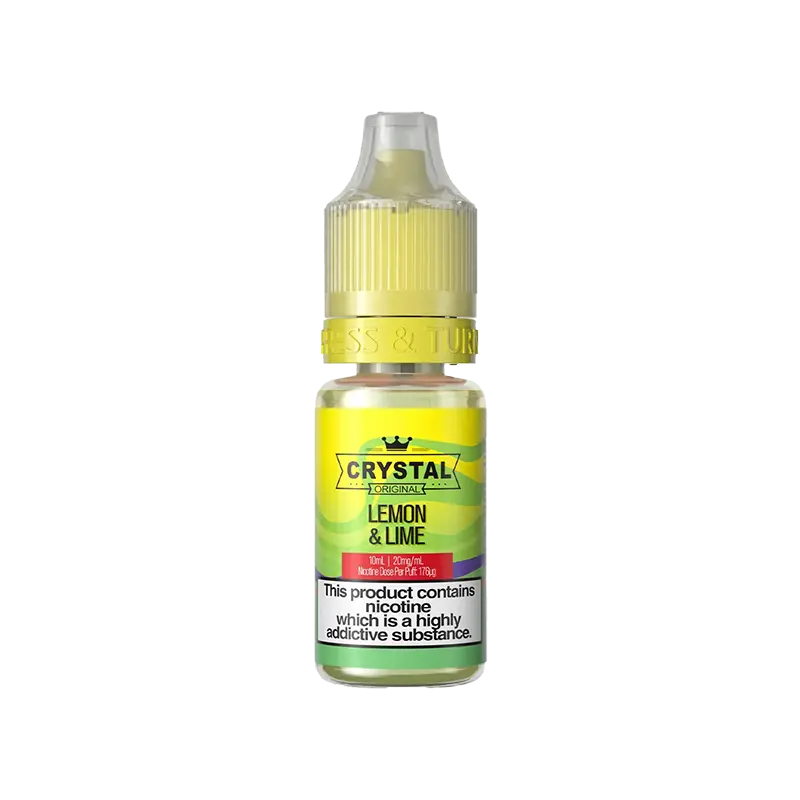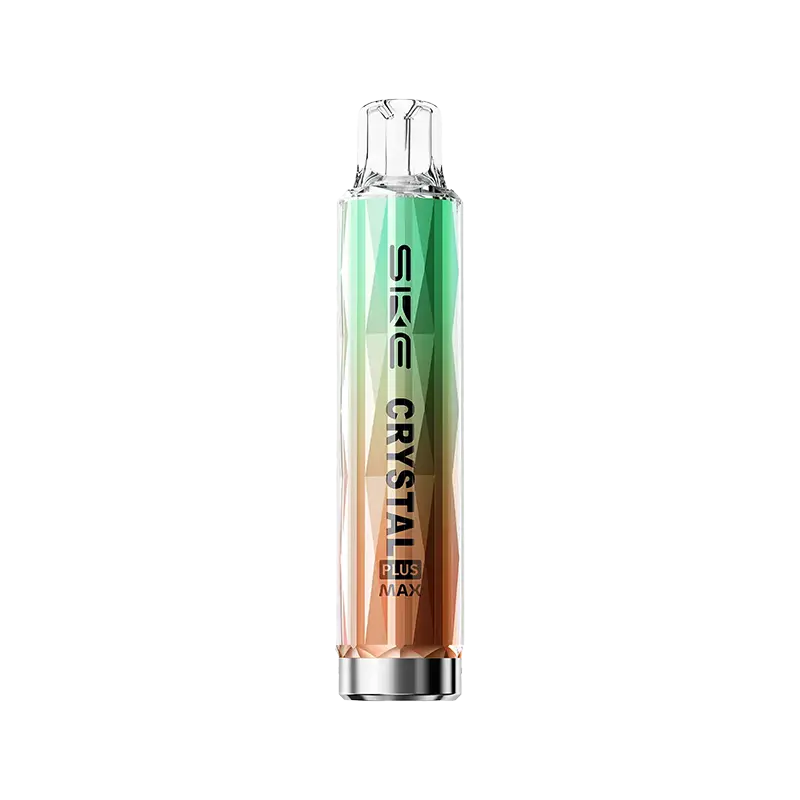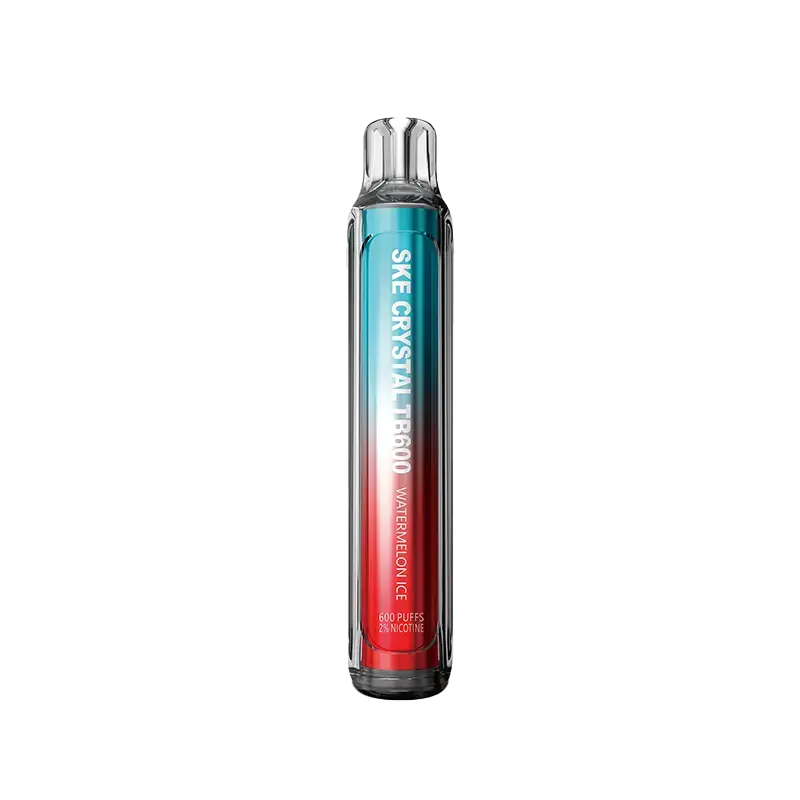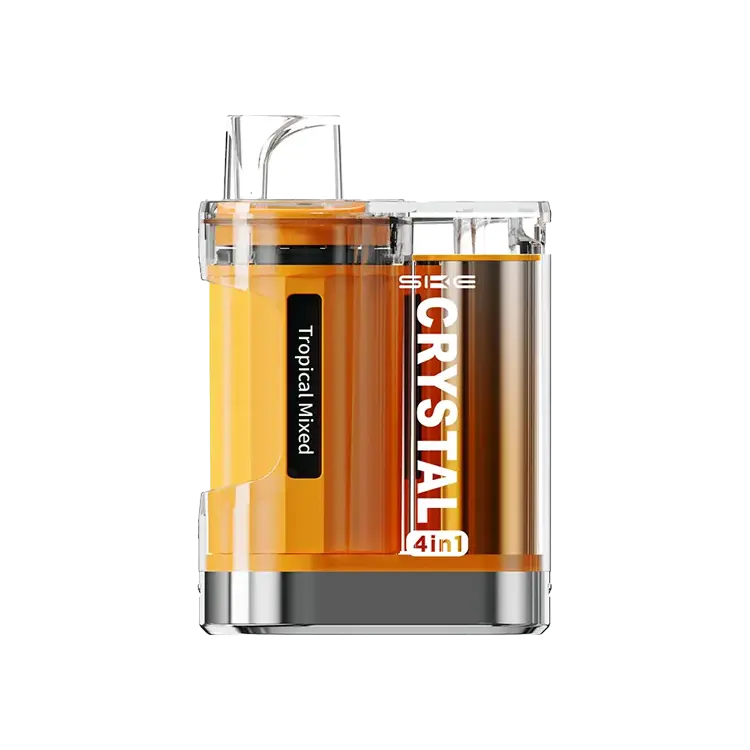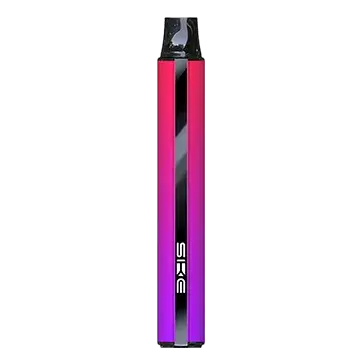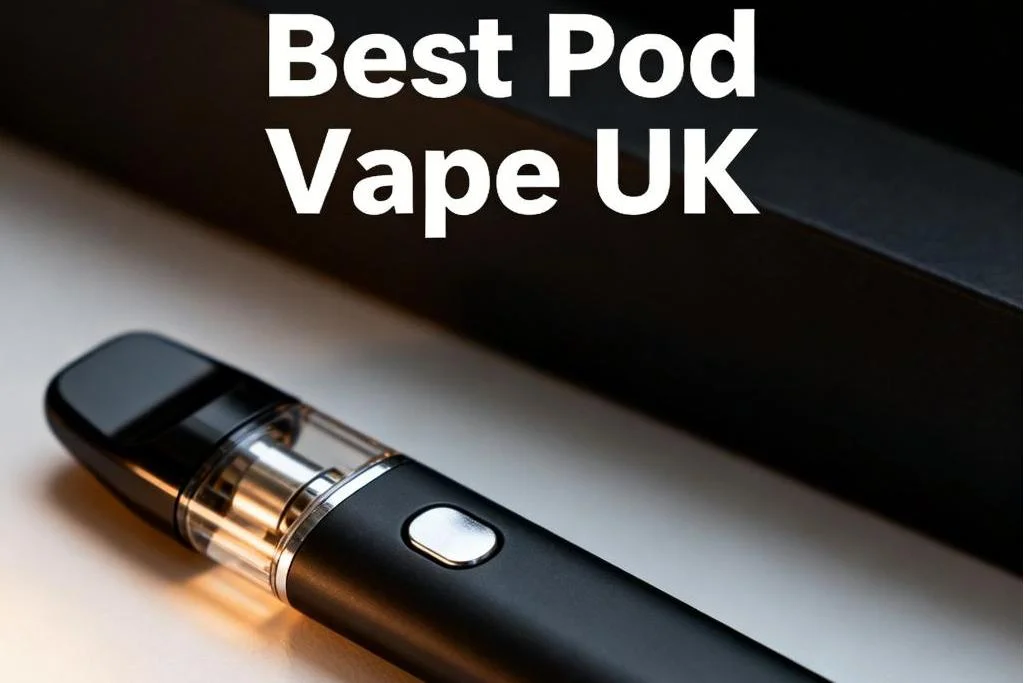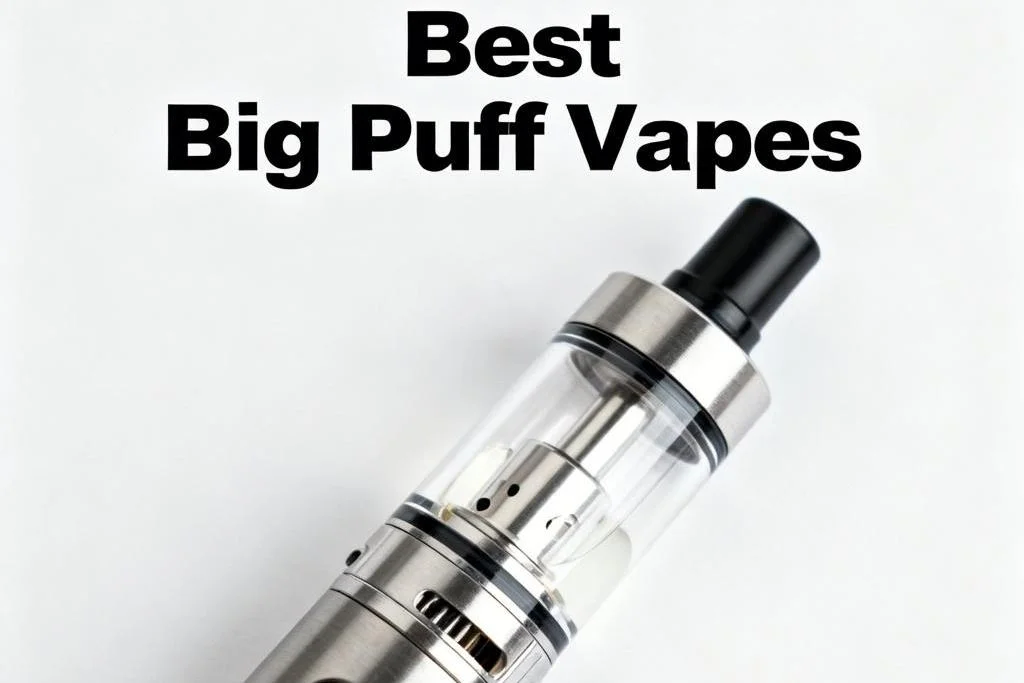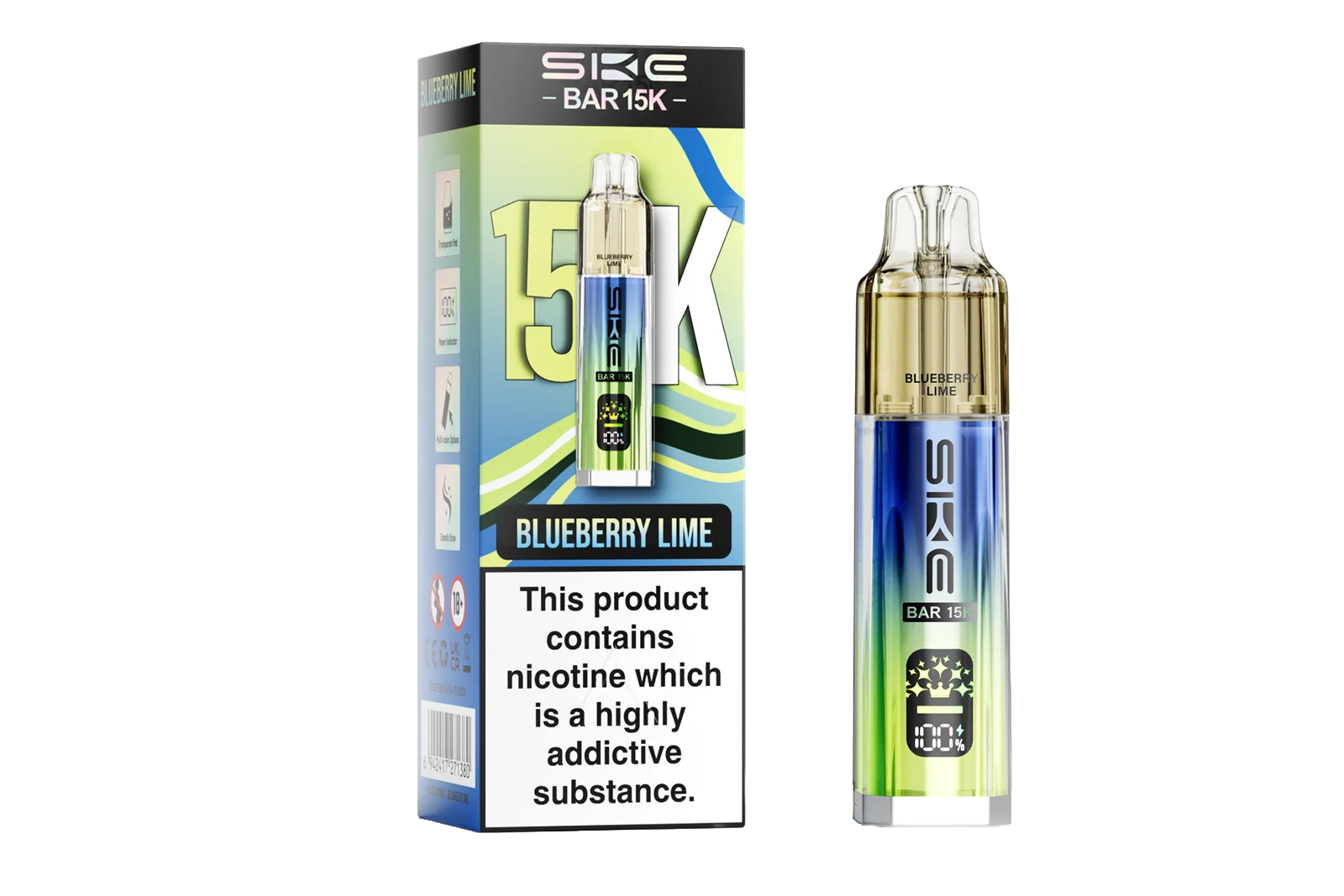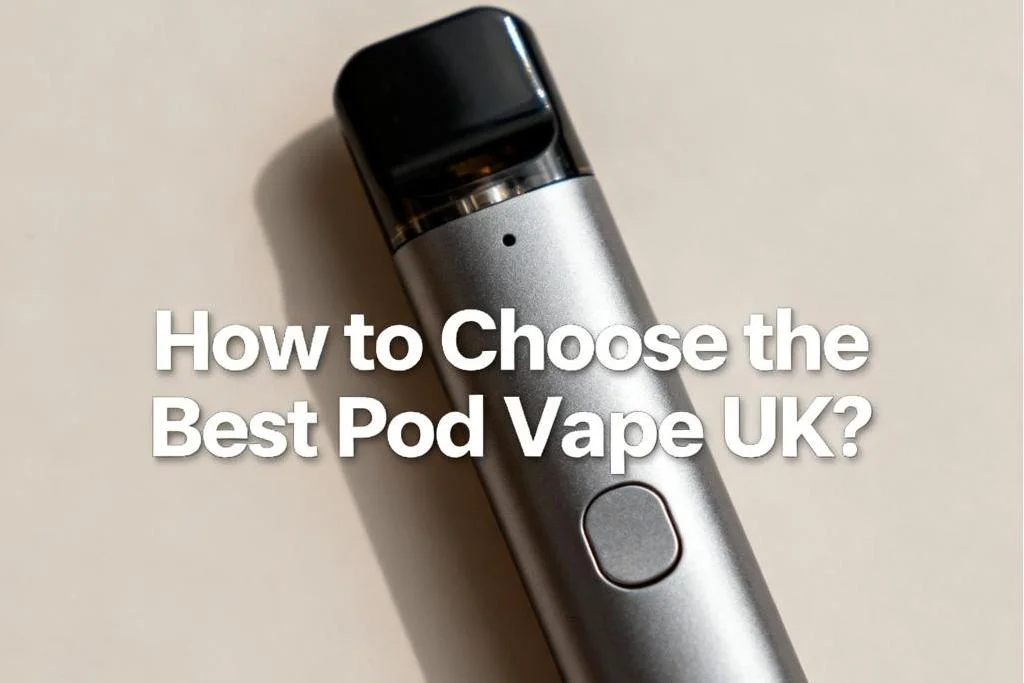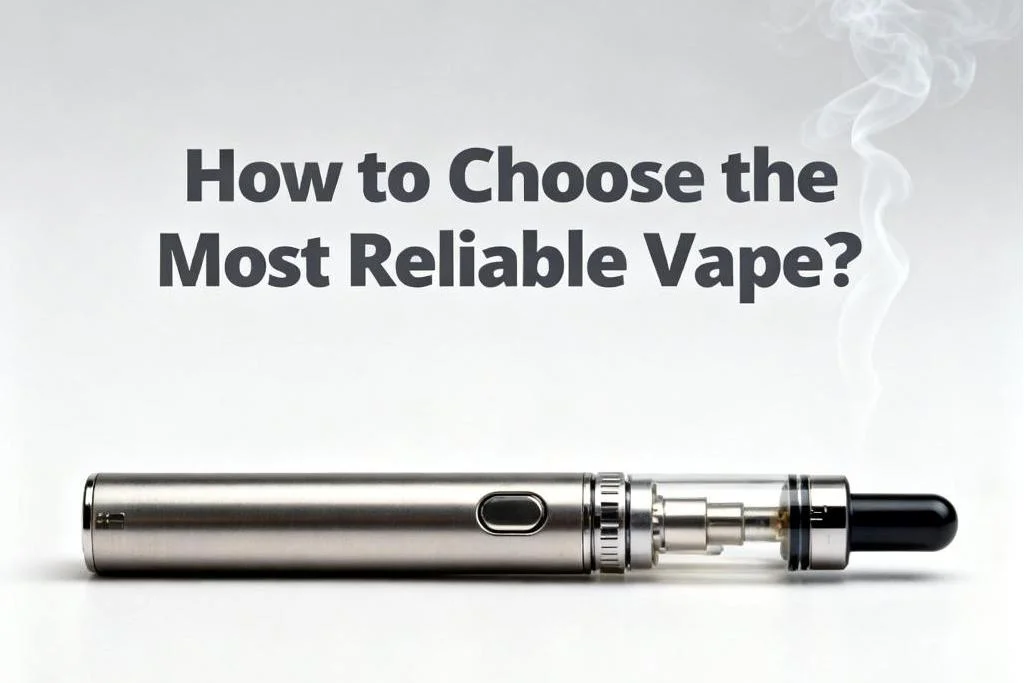What Is a Coil in a Vape? The Heart of Every Puff
What is a coil in a vape? It's the heart of your vaping experience, the unsung hero turning e-liquid into luscious clouds and intense flavor. Mastering the vape coil unlocks the secrets to smoother draws, better flavor profiles, and a more personalized journey. In this blog post, we'll break down everything you need to know about this essential component, so stick around — your next puff could be your best!

What Is a Coil in a Vape?
Basically, a vape coil is the magic ingredient that transforms your e-liquid into the flavorful vapor you love. This coil, when heated by electricity from the vape's battery, vaporizes the e-liquid soaked in the wick, delivering the clouds and flavors vapers crave.
Think of the coil as the engine of your vaping device. Just like a car engine ignites fuel to create motion, the coil ignites e-liquid to create vapor. It's the part responsible for the temperature, consistency, and overall quality of your hits. Furthermore, the type of coil you choose can dramatically affect your draw, flavor intensity, and even how long your device lasts between refills.

What Does a Vape Coil Look Like?
Most vape coils are small, cylindrical components resembling tiny metal springs. They're often nestled inside a larger casing, part of the vape's atomizer or pod system, housing the coil and wicking material that soak up e-liquid and work together to produce vapor.
If you've ever taken apart your vape or replaced a coil, you'll notice the metallic spiral design. Depending on the design, some coils are tightly wrapped for higher resistance, while others are more spaced out, optimized for Direct-To-Lung (DTL) or Mouth-To-Lung (MTL) vaping styles.
Modern coils can also vary in complexity. For example, some are basic single-wire designs, while others, like mesh coils, feature intricate patterns resembling tiny grids or nets.

Where Is the Coil in a Vape?
The coil is usually located in the heart of your vape's atomizer, tank, or pod system, depending on the type of e-cig you're using. Its position is strategic, ensuring it's always in maximum contact with the soaked wicking material and e-liquid, ready to heat things.
In most vape tanks or rebuildable atomizers (RDAs), the coil sits within a coil head or deck, surrounded by the wick that absorbs your e-liquid. For pod systems, the coil is integrated into the pod cartridge or in a replaceable coil head at the base of the pod. In traditional sub-ohm tanks, you'll find it at the base of the tank, just below the reservoir holding your e-liquid.

Different Types of Vape Coils
Vape coils are far from one-size-fits-all — they're a diverse category of components that can dramatically alter your vaping experience. From subtle flavor enhancers to cloud-chasing monsters, each type has its unique characteristics, advantages, and ideal use cases.
1. Standard Coils (Single Wire Coils)
Standard coils are the most straightforward option, typically made from a single strand of wire wrapped in a spiral. These coils are commonly used in basic vape setups and Mouth-To-Lung (MTL) devices to mimic the sensation of smoking traditional cigarettes.
Resistance: Standard coils often have higher resistance (above 1 ohm), making them ideal for lower-wattage vaping devices.
Performance: They prioritize efficiency over power, consuming less e-liquid and extending battery life.
Use Case: Best for vapers who prefer high-nicotine e-liquids or nicotine salts, offering a tight draw and smoother throat hit.
Flavor and Vapor: While not designed for massive vapor production, standard coils deliver reliable and consistent flavor.
2. Sub-Ohm Coils
Sub-ohm coils cater to high-performance vaping, with a resistance level below 1 ohm. They're built to handle high wattage and produce dense, voluminous clouds, making them a favorite among Direct-To-Lung (DTL) vapers.
Heat and Power: These coils require more power to operate, leading to faster heating and larger vapor clouds.
Flavor Boost: The high surface area vaporizes e-liquid quickly, enhancing flavor intensity.
Use Case: Ideal for cloud chasers and those using low-nicotine e-liquids, as the increased vapor production can make high nicotine concentrations overwhelming.
Drawbacks: Sub-ohm coils consume more e-liquid and drain batteries faster, so they're not as economical for everyday use.
3. Mesh Coils
Mesh coils have revolutionized the vaping world, replacing the traditional coiled wire with a flat mesh sheet.
Heat Distribution: The mesh structure allows for even heat distribution across the surface, reducing the chances of hot spots and burnt hits.
Surface Area: With a larger surface area, mesh coils produce more vapor and intensify flavors.
Durability: Mesh coils typically last longer than traditional wire coils due to their efficient heating and reduced stress on materials.
Use Case: Perfect for both flavor enthusiasts and cloud chasers, mesh coils provide a well-rounded vaping experience.
4. Clapton Coils
Clapton coils are named after guitar strings because they resemble them. These coils are made by wrapping a thin wire around a thicker core wire, creating a textured design with increased surface area.
Enhanced Flavor: The textured wire structure holds more e-liquid, resulting in richer and more complex flavor delivery.
Versatility: Clapton coils are often used in rebuildable atomizers (RDAs and RTAs), allowing vapers to fine-tune their setups.
Use Case: Designed for experienced vapers who enjoy customizing their e-cigs and prefer intense flavor with moderate vapor production.
Drawbacks: Clapton coils can take longer to heat up due to their thicker design and may require higher wattages.
5. Ceramic Coils
Ceramic coils use a ceramic material, either as a coil or a wick, instead of traditional cotton. This setup offers distinct advantages in terms of flavor purity and longevity.
Heat Resistance: Ceramic material is highly resistant to heat, minimizing the risk of burning and producing a cleaner taste.
Longevity: Ceramic coils tend to last longer, as they're less prone to damage from high heat or residue buildup.
Flavor: Known for delivering pure, untainted flavor profiles without the cotton taste that sometimes comes with traditional wicks.
Use Case: Great for vapers who value flavor precision and are willing to invest in slightly more premium options.
6. Temperature Control (TC) Coils
TC coils use materials like nickel (Ni200), titanium, or stainless steel, crafted specifically for temperature-controlled vaping.
Temperature Regulation: TC coils allow vapers to set a maximum temperature, preventing the coil from overheating and avoiding dry hits.
Consistency: These coils maintain a steady temperature to supply consistent vapor production and flavor.
Safety: TC coils reduce the risk of burning wicks, prolonging coil life and enhancing user safety.
Use Case: Ideal for precision vapers who want complete control over their vaping experience, particularly for longer sessions.
7. Rebuildable Coils
Rebuildable coils are the domain of advanced vapers who enjoy building their coils for use in RDAs, RTAs, or RDTA systems.
Customization: Rebuildable coils allow users to select the wire type, resistance, and wicking material, offering complete control over their setup.
Cost Efficiency: While initial setups can be costly, rebuilding coils is significantly cheaper than buying pre-made coil heads.
Skill Level: Building your coils requires practice, precision, and an understanding of Ohm's Law for safety.
Use Case: Perfect for hobbyists and DIY enthusiasts who enjoy experimenting with different configurations to create a personalized vaping experience.

What Are Vape Coils Made Of?
Vape coils may seem like simple hardware, but their materials play a crucial role in performance, durability, and safety. Knowing what vape coils are made of can help you choose the right one and tailor your vaping experience.
1. Coil Wire Material
The wire inside a vape coil is the heating element responsible for vaporizing e-liquid. Different materials are used for their unique properties, such as heat conductivity, resistance levels, and compatibility with specific vaping modes (e.g., wattage or temperature control).
Kanthal (FeCrAl):
Kanthal is the most commonly used material for standard coils. Valued for its durability and reliability, Kanthal heats up quickly, works well in wattage mode vaping, and lacks compatibility with temperature control.
Pros: Long-lasting, affordable, and easy to use.
Cons: Not compatible with temperature control modes.
Stainless Steel (SS):
Stainless steel, a versatile material, supports wattage and temperature control modes, delivers a clean flavor profile, and comes in grades like SS316 and SS304.
Pros: Multi-mode compatibility, quick heat-up time, and a clean flavor.
Cons: May degrade if exposed to extreme heat for long periods.
Nichrome (Ni80/Ni60):
Nichrome, an alloy of nickel and chromium, provides quick heat-up, low resistance, and lightweight properties, making it popular for high-wattage cloud chasing.
Pros: Rapid heating, lightweight, and suitable for sub-ohm vaping.
Cons: Not suitable for temperature control and can cause allergic reactions in those sensitive to nickel.
Nickel (Ni200):
Nickel works well for temperature control vaping because of its predictable resistance changes but poses challenges in handling and lacks suitability for wattage mode.
Pros: Excellent for temperature control and precise resistance changes.
Cons: Soft and prone to damage, limited to temperature control mode.
Titanium (Ti):
Titanium is another material used in temperature control coils, offering excellent stability and safety when handled properly. It's lightweight and provides a smooth, clean vaping experience.
Pros: Stable in temperature control mode, clean flavor.
Cons: Requires careful handling to avoid oxidation.
2. Wicking Material
The wicking material surrounds the coil and absorbs the e-liquid, ensuring it's drawn into the heating element for vaporization. High-quality wicking material provides a consistent vapor and clean flavor.
Cotton:
Organic cotton is the most popular choice for wicking due to its excellent absorption and natural flavor delivery. It's inexpensive and widely available, making it the go-to option for most pre-made and rebuildable coils.
Pros: Great absorption, neutral flavor, and affordable.
Cons: Prone to burning if the coil isn't properly primed or runs dry.
Ceramic:
Some advanced coils use ceramic as a wick, alone or combined with cotton. Ceramic wicks offer superior heat resistance and durability, reducing the likelihood of burnt hits.
Pros: Long-lasting, heat-resistant, and enhances flavor purity.
Cons: More expensive and less common in mainstream vaping devices.
Silica:
Silica wicks, though less common, remain used in older devices or niche setups, offering heat resistance while delivering less flavor compared to cotton or ceramic.
Pros: Heat-resistant and durable.
Cons: Poor flavor delivery compared to cotton or ceramic.
3. Coil Housing Material
The housing for the coil and wick uses durable materials to endure high temperatures and long use.
Stainless Steel:
Commonly used for its durability and heat resistance, stainless steel housing ensures the coil assembly remains stable even under intense vaping conditions.
Aluminum:
Occasionally used in lightweight designs, aluminum is a cost-effective alternative but less durable than stainless steel.

How Does a Vape Coil Work?
At its core, the vape coil is the workhorse of your vaping device, converting electrical energy into heat to vaporize e-liquid. The mechanics behind a vape coil are an elegant interplay of physics and engineering.
1. The Role of Electricity
A vape coil operates through a basic principle of electrical resistance. When you press the fire button, electricity flows from the battery to the coil. The coil, being a resistive wire, converts this electrical energy into heat. The amount of heat generated depends on the coil's resistance, measured in ohms, and the wattage supplied by your device.
High Resistance Coils (Above 1 Ohm): Require less power and produce less heat, ideal for Mouth-To-Lung (MTL) vaping with higher nicotine concentrations.
Low Resistance Coils (Sub-Ohm, Below 1 Ohm): Require more power and generate higher heat, perfect for Direct-To-Lung (DTL) vaping with larger vapor clouds.
2. The Heating Process
As the coil heats up, it transfers heat to the surrounding wick saturated with e-liquid. Then, the absorbed e-liquid reaches its boiling point and transforms into vapor, which is then drawn into your mouth or lungs through the mouthpiece.
3. Vaporization and Flavor Production
The magic of flavor happens during the vaporization process. When the e-liquid heats up, its molecules are broken down, releasing their unique flavors and aromas. Different coil materials (like Kanthal, stainless steel, or nichrome) and designs (like standard, or Clapton coils) affect how evenly the heat is distributed, influencing the flavor intensity and vapor quality.
Even Heating: Types like mesh ensure consistent heat distribution, avoiding hot spots and enhancing flavor accuracy.
Surface Area: Coils with a larger surface area vaporize more e-liquid at once, boosting flavor and cloud production.
4. Airflow and Vapor Production
Airflow influences coil performance, with adjustments affecting vapor warmth, density, and flavor. As air passes over the heated coil and wick, it carries the vaporized e-liquid up through the vape device and into your mouth or lungs.
Tighter Airflow (MTL): Mimics the sensation of smoking, producing smaller, more flavorful clouds.
Open Airflow (DTL): Encourages massive vapor production and cooler hits.
5. Temperature Regulation
In advanced e-cigs with temperature control (TC) modes, the coil material (such as nickel or titanium) allows for precise temperature regulation. It measures resistance changes in the coil during heating and adjusts power to maintain a consistent temperature, preventing overheating, avoiding dry hits, and extending coil life.
6. The Science of Resistance
The coil's resistance level, influenced by its material, thickness, length, and design, dictates the power required to heat it and the speed at which it reaches optimal temperature.
High Resistance: Suited for low-wattage devices and high-nicotine e-liquids.
Low Resistance (Sub-Ohm): Works with high-wattage devices for maximum vapor production and flavor intensity.
7. Coil Efficiency and Longevity
For a vape coil to work optimally, it must remain clean and properly primed. Over time, residue from e-liquid builds up on the coil, reducing its efficiency. Proper maintenance, including regular coil replacement and tank cleaning, keeps performance consistent and prevents burnt hits.
Understanding what is a coil in a vape reveals its role as the key component that transforms e-liquid into flavorful vapor, shaping every puff of your vaping experience. From the materials used to the intricate designs and heating mechanics, the coil's performance determines your device's flavor, cloud production, and overall satisfaction. Ready to upgrade your knowledge and make your next hit unforgettable? It all starts with the coil!
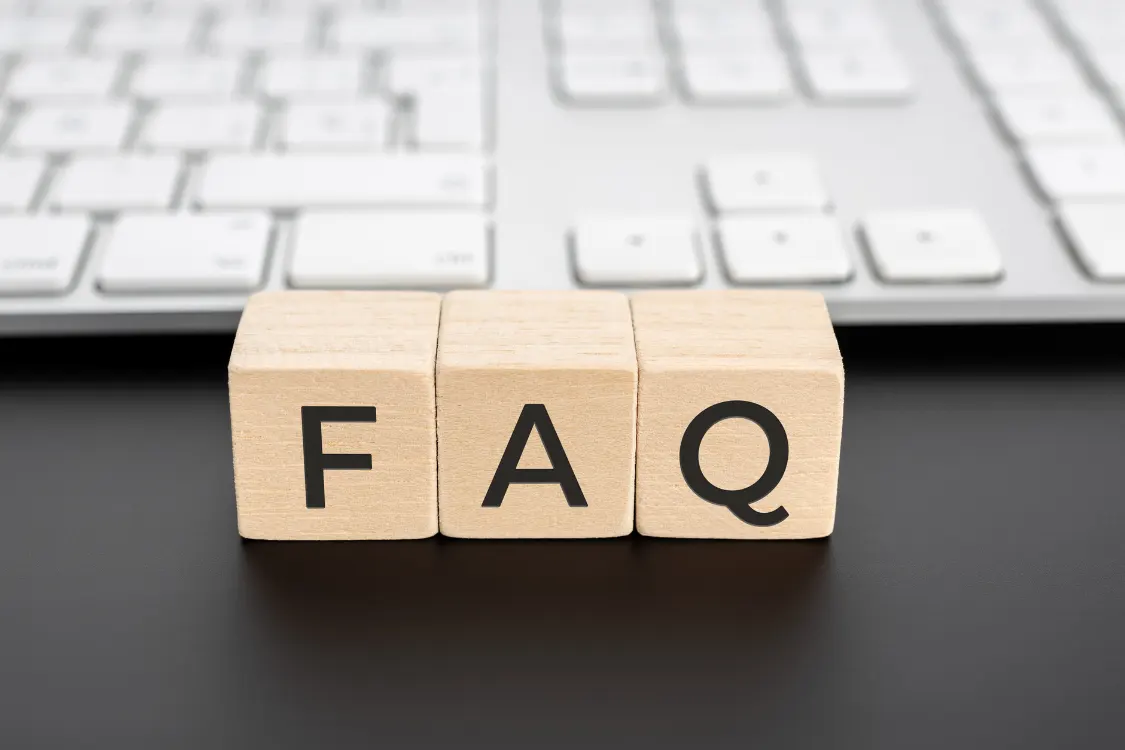
FAQs about Vape Coils:
1. What are the best-prebuilt coil brands?
Some of the top prebuilt coil manufacturers include Smok, Freemax, Horizontech, Vaporesso, Voopoo, and Geekvape. For optimal performance, look for coils specifically designed and rated for the make and model of your particular atomizer and mod.
2. How long do vape coils typically last?
With proper maintenance like dry burning and avoiding burnt hits, most coils will last somewhere between 1-2 weeks for average vapers. Heavy users may need to change coils as frequently as every 5-7 days though. Sweet e-juice flavors, burnt hits, and gunked-up tanks will shorten coil lifespan considerably.
3. Why does my coil keep making popping and sputtering noises?
This is usually caused by either too much power being sent to the coil, or not enough e-liquid saturation in the wick. Try turning down the wattage, closing the tank's airflow to tighten the draw, or giving the coil more time to fully prime and soak in juice initially. Burnt cotton hits will severely (and sometimes permanently) damage coils.
4. Are fancy mesh coils really better than regular wire coils?
Mesh coils do ramp up faster and can hold more e-liquid in their woven cavities. However, some vapers claim the overall flavor and vapor quality still aren't as good as multi-wire builds like fused claptons. As always, try out both for yourself to determine your own preferences!
5. Is it safe to dry burn my coil to clean it?
Lightly "pulsing" a coil without wicking to work out hot spots and burn off gunk is generally fine. But avoid glowing coils excessively red hot for too long as this can release certain toxic chemicals in some wire types. Pulse firing in short bursts is ideal.
While vape coils may seem simple on the surface, there's an incredible diversity in terms of materials, builds, and real-world performance. Understanding the basics of how coils work along with the different types available allows you to select the perfect coil for your particular vaping needs. Prebuilt options provide convenience while rebuildable coils give you complete personalization and customization. With the ideal coil installed, you can optimize both vapor production and flavor intensity for a truly satisfying vaping experience from any e-cigarette or mod.
6. What type of coils do SKE vapes use?
SKE vapes, such as SKE Crystal Bar, SKE Crystal DUO, SKE Crystal Plus all use mesh coils. And all of them deliver an affluent flavor.
TABLE OF CONTENTS
- What Is a Coil in a Vape?
- What Does a Vape Coil Look Like?
- Where Is the Coil in a Vape?
- Different Types of Vape Coils
- 1. Standard Coils (Single Wire Coils)
- 2. Sub-Ohm Coils
- 3. Mesh Coils
- 4. Clapton Coils
- 5. Ceramic Coils
- 6. Temperature Control (TC) Coils
- 7. Rebuildable Coils
- What Are Vape Coils Made Of?
- 1. Coil Wire Material
- Kanthal (FeCrAl):
- Stainless Steel (SS):
- Nichrome (Ni80/Ni60):
- Nickel (Ni200):
- Titanium (Ti):
- 2. Wicking Material
- Cotton:
- Ceramic:
- Silica:
- 3. Coil Housing Material
- Stainless Steel:
- Aluminum:
- How Does a Vape Coil Work?
- 1. The Role of Electricity
- 2. The Heating Process
- 3. Vaporization and Flavor Production
- 4. Airflow and Vapor Production
- 5. Temperature Regulation
- 6. The Science of Resistance
- 7. Coil Efficiency and Longevity
- FAQs about Vape Coils:

